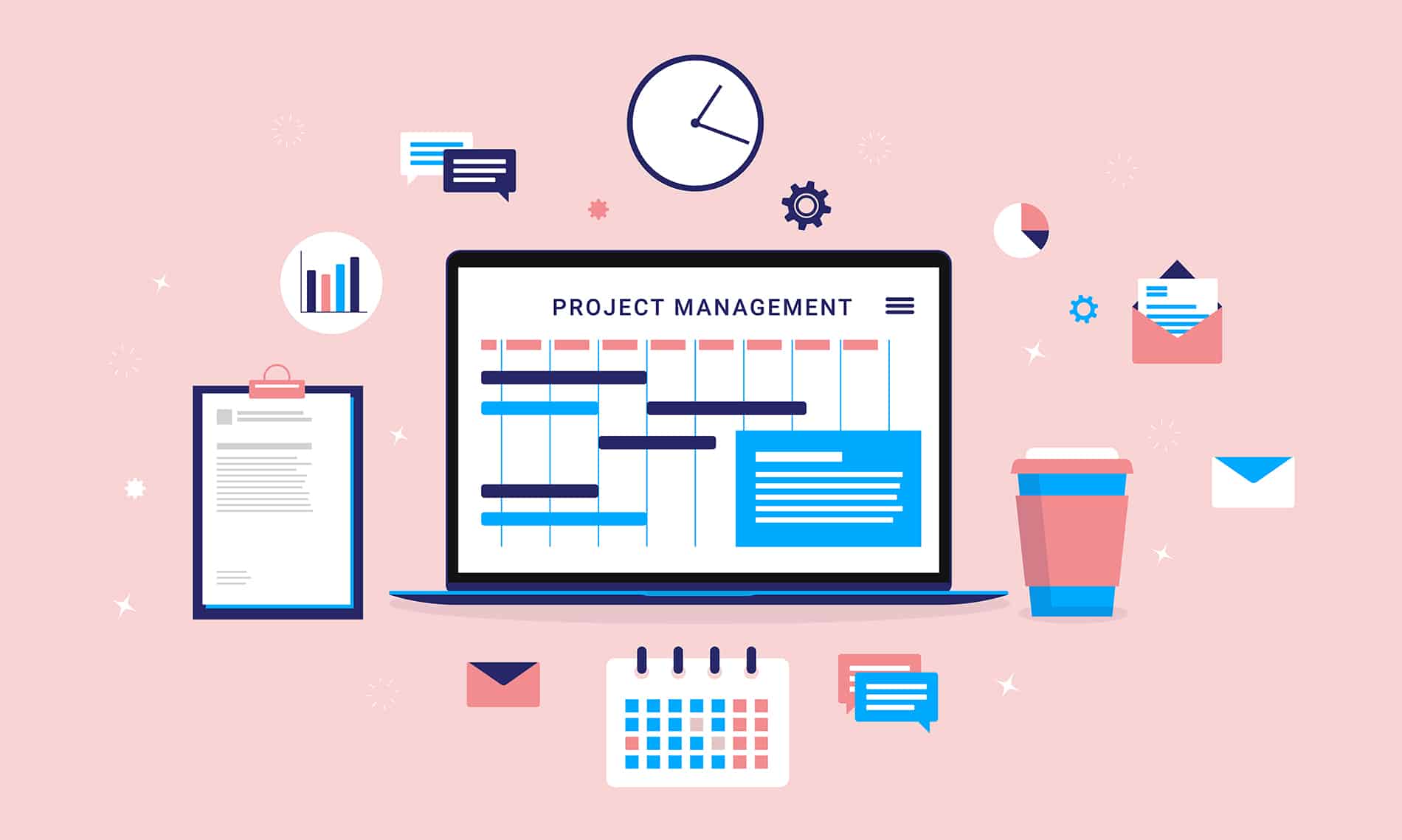Minimize Bottlenecks with Project Portfolio Management (PPM)

One major challenge that organizations often face is project management bottlenecks. These obstacles can lead to project delays, cost overruns and reduced profitability. But here's the good news: Project Portfolio Management (PPM) can be a game-changer.
Understanding the Challenges in Project Management
Project management is often fraught with complexities and challenges. These can include:
- Resource constraints: In many cases, there are simply not enough resources (human, financial or material) to meet the demands of all projects.
- Unrealistic timelines: Overambitious schedules can result in rushed projects, leading to subpar outcomes.
- Poor communication: A lack of clear communication can lead to misunderstandings, causing delays and mistakes.
- Lack of visibility: Without a clear overview of all projects, it's difficult to prioritize tasks and allocate resources effectively.
The Power of Project Portfolio Management (PPM)
PPM is a strategic framework that allows organizations to analyze and collectively manage a group of current or proposed projects based on numerous key characteristics. The primary goal of PPM is to determine the optimal mix and sequencing of proposed projects to best achieve the organization's overall goals.
Benefits of Implementing a PPM Approach
Implementing a PPM approach can have several advantages:
- Improved Decision-Making: PPM provides a holistic view of all projects, enabling better decision-making regarding project prioritization and resource allocation.
- Risk Mitigation: By providing visibility into all projects, PPM enables early identification and mitigation of risks.
- Cost Efficiency: PPM helps organizations avoid overspending on low-value projects and focus resources on high-impact ones.
- Enhanced Communication: With PPM, stakeholders can have a clear view of project progress, enhancing transparency and communication.
In addition, PPM can play a crucial role in addressing resource risk by:
- Prioritizing projects: PPM helps organizations identify and prioritize projects based on their strategic value and resource requirements, allowing for more effective resource allocation.
- Balancing resource demand: By analyzing the entire project portfolio, PPM helps organizations avoid overloading their resources and ensures that projects receive the necessary support.
- Optimizing resource utilization: PPM provides insights into current and future resource needs across multiple projects, enabling organizations to make informed decisions about resource allocation and management.
- Enhancing decision-making: With a holistic view of all projects within the portfolio, PPM allows organizations to make data-driven decisions, proactively addressing resource risk and improving overall project outcomes.
A Successful PPM Implementation
Numerous organizations have successfully implemented PPM and witnessed significant improvements in their project delivery times.
Prior to using TeamDynamix for project management, the team at Kern Family Health Care, a Medi-Cal managed care health plan serving residents of Kern County, California, would maintain a shared spreadsheet with information about projects that were proposed, approved, and underway.
According to LaVonne Banks, director of Kern Health Systems’ enterprise project management office (EPMO), this process was inefficient and project managers did not have easy visibility into the status of projects. Looking to improve its project management process, Kern Health Systems implemented TeamDynamix in the summer of 2021.
With a simple and intuitive user interface, TeamDynamix makes it easy for project managers to evaluate project requests, approve and prioritize initiatives, assign resources and track and report on progress. TeamDynamix helps EPMO staff keep projects on course, establish clear expectations, and allocate resources more effectively.
“With TeamDynamix, I always have a source of truth on project data,” Banks observes.
Using TeamDynamix brings greater transparency to the project management process. It also saves Banks and her staff a great deal of time when they want to understand the status of projects and report this to organizational leaders.
“I love the platform’s reporting features,” she says. “They’re super easy to use. Being able to pull reports and quickly see real-time data is wonderful.”
Another key benefit of TeamDynamix is that it helps EPMO staff get out ahead of potential issues before they become full-blown problems. While some challenges are beyond the control of project managers, having greater insight makes it more likely that projects will be completed on time and under budget.
“We can quickly identify resource constraints and make adjustments when unexpected circumstances arise,” Banks says. “Because we can identify these issues earlier, we have a better chance of staying on top of resource management.”
Better transparency leads to more accountability and, ultimately, a higher success rate on projects.
When you consider that project portfolio management tools can cost several times as much for similar features and functionality, “the value of TeamDynamix is incomparable,” Banks concludes.
Tips for Effective PPM Implementation
- Align with Business Objectives: Ensure that your PPM aligns with your organization’s strategic objectives.
- Involve Stakeholders: Engage all relevant stakeholders in the PPM process for buy-in and smooth implementation.
- Use the Right Tools: Leverage PPM software to automate and streamline the PPM process.
Project Portfolio Management is an effective strategy for minimizing project delivery bottlenecks and enhancing business efficiency. By implementing a PPM approach, businesses can gain a competitive edge and drive growth.
To learn more about Project Portfolio Management, click here.